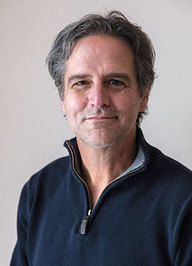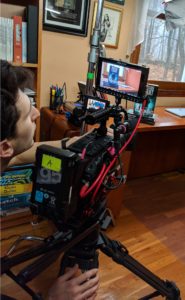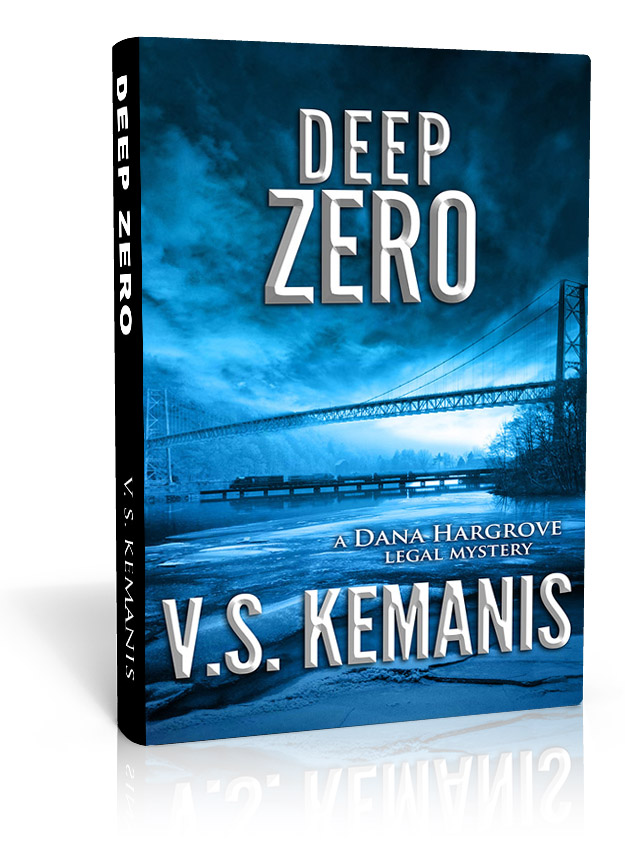
If you are of a certain age, you may remember being invited to the home of family or friends to watch slides from their recent vacation. You hear the click of the carousel in the dark. A detailed narration to go with each Kodak moment. Your thought: okay, next. You squelch a half-lidded yawn, your “Aah”s beginning to wilt. Don’t let this stop me from offering a carousel-less version of my recent, very exciting (to me) road trip. Be my captive or not—your choice. The projectionist’s insensitivity is now a matter of little consequence. Click, click goes the mouse.
April 8-9: Eureka Springs, Arkansas. While visiting relatives in nearby Berryville, Arkansas, my husband and I stayed at the Crescent Hotel in the Ozarks. Built in 1886, this historic hotel is allegedly haunted. We searched but found no ghosts. A charming place, a bit uncomfortable, mostly because we were very cold due to the equally historic cold snap. Thirty degrees. High ceilings, inadequate heating. We did enjoy a delicious brunch in the hotel restaurant.
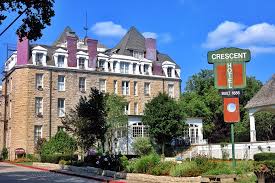
Crescent Hotel from a postcard. No leaves on the trees during our visit.
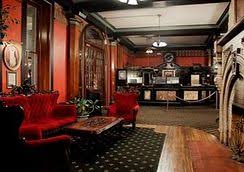
Crescent Hotel lobby
By day we explored Eureka Springs, “The Stairstep Town.” In the late 1800s, people flocked here for the reputed medicinal and therapeutic properties of the natural mineral springs. A blind woman was cured, along with other assorted miracles. Today: don’t drink or touch this water! There’s bacterial contamination from leaking sewers and corroded lead pipes. We walked just about every steep hill in this beautiful little mountain hamlet, a labyrinth of winding streets connected with stone and wood stairways.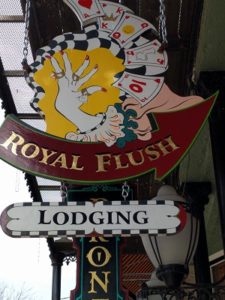
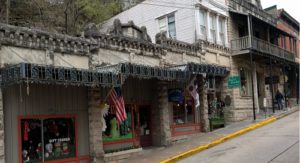
Eureka Springs
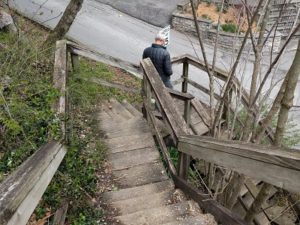
We also happened to walk into the municipal court when it was in session and stayed around to hear a number of criminal arraignments and guilty pleas—better than fiction.

Eureka Springs Municipal Court
Morning-afternoon of April 10: Eureka Springs, Arkansas, to Memphis, Tennessee. We took Route 23 South, known as the Pig Trail Scenic Byway, through the Ozark National Forest. Stunningly beautiful (not to mention “crooked,” as you can see).
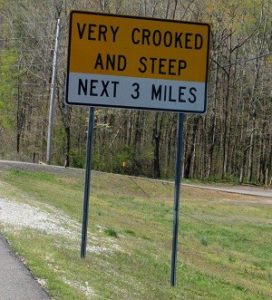
Sign on Route 23 Arkansas.
Then we hopped onto I-40. During these less-scenic interstate portions of our trip, we enjoyed A Gentleman in Moscow by Amor Towles, read by Nicholas Guy Smith. I highly recommend this audiobook.
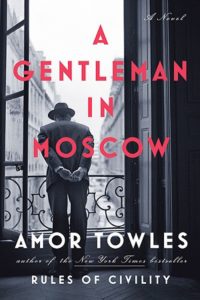
Afternoon of April 10: Graceland in Memphis. Off season, so a mere sprinkling of tourists. We took a shuttle from the huge, empty reception center to the much smaller house, not a mansion by current standards. I lapsed into a strange sadness looking at the gaudy 60s/70s décor, which falls far short of its intended luxury, listening to the prerecorded tour—a fantasy tale eerily devoid of negative information. According to the recorded tour guide, after a wonderful morning playing racquetball and singing at the piano with friends, Elvis retired to his bedroom, where he peacefully died at the age of 42. On the way out, I made myself happier by indulging in a huge bowl of ice cream at the candy shop. (If you go to Graceland, make room for the ice cream.)

Graceland living room
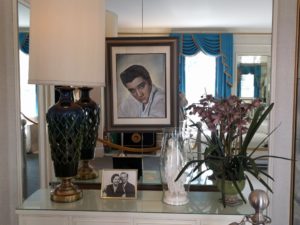
Who else but…?

The room with all the TVs and pillows and yellow

Pool room with amazing cloth-covered ceiling and walls
Evening of April 10: Beale Street in Memphis of course! So fun and uplifting. No problem getting a table. Saw Earl the Pearl Banks at Blues City Café and the King Beez at B B King’s. We had tasty BBQ ribs and shrimp. Love the blues!
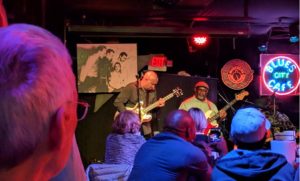
Blues City Cafe
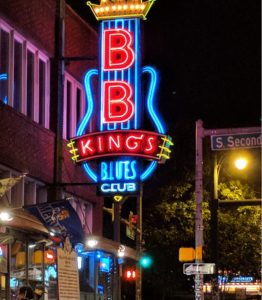
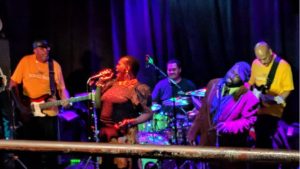
The King Beez
Day of April 11, Memphis to Nashville. Avoided the interstate and took scenic routes 64, 100, and 412, while the lady on Google Maps constantly tried to put us on a faster route. Stopped for picnic lunch on a table in this little area of downtown Decaturville Tennessee.
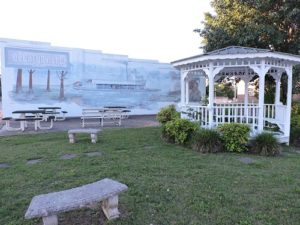
Decaturville TN (not very exciting)
Evening of April 11. Nashville’s Honky Tonk Highway, lower Broadway. Two blocks jammed with neon lights and music bars, blasting sound into the street. At each one, we stopped outside to listen for a few minutes, then went on to the next to experience another band, a different sound. We didn’t go inside—it was plenty loud in the street! And, I admit, my taste runs more to the blues of Beale Street than the country and honky tonk of Nashville’s Broadway.

Honky Tonk Highway, Nashville
Had a delicious dinner (no live music) at Merchants Restaurant, upstairs, looking out the window at the action on Broadway, below. Stopped off for ice cream (again!) at the fabulous Savannah Candy Kitchen. I was in heaven.

Merchants Restaurant
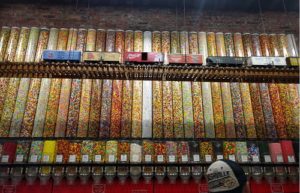
Get your candy and ice cream here!
Morning of April 12: The Hermitage, outside of Nashville. The home of Andrew Jackson and his slaves.
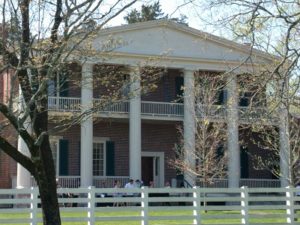
Hermitage
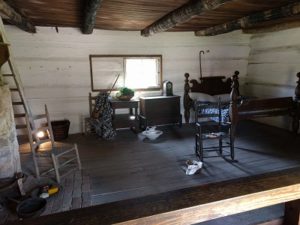
Hermitage slave cabin
Here, below, is the man who demonstrated the ritual of dueling. Yes, even then, presidents got away with murder, but without any need for a coverup.
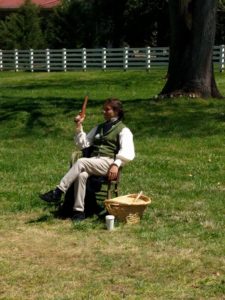
After the Hermitage, we drove to Lexington Kentucky, taking I-40 to TN-111 to US 127. In Kentucky, we crossed the Cumberland River Dam and saw many beautiful rolling green hills with white fences and horses grazing. Got to Shaker Village just before sunset and enjoyed looking at the wood frame houses and dry stone walls (a favorite of my husband, who is a skilled dry stone waller).
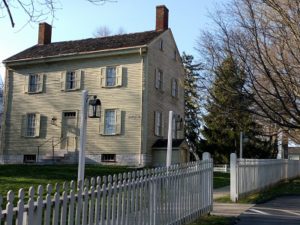
Shaker Village
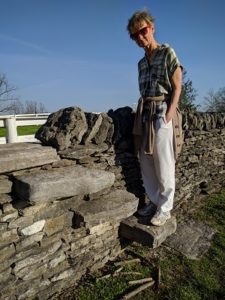
Stone wall at Shaker Village
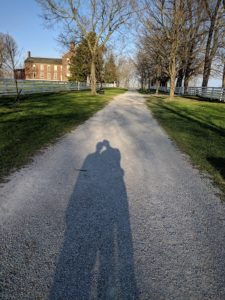
Shaker Village
Morning-afternoon of April 13: Drove to the Keeneland racecourse. This place is huge, hill after hill of parked cars. I was seriously underdressed. Ladies, at the races you should wear a dress, heels, and a big hat. Teen girls must be in the shortest possible miniskirts, wearing tons of makeup. We wondered why every teenager in Kentucky was there and learned that the schools had closed for a teachers’ rally to protest changes in their pensions. On the first race, we placed $2 bets to win on two horses and one of them came in first! Awestruck it was! (the horse’s name). Paid a big $4, so we came out even. We left the races and drove to Lexington Virginia on Route 64, off and on scenic, arriving at 8 p.m., tired.
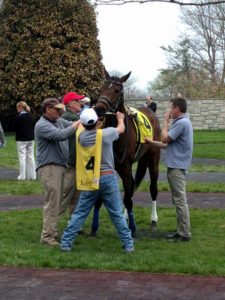
Men at Keeneland doing something with this horse
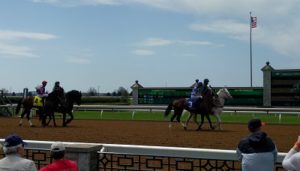
Warm-up before the first race
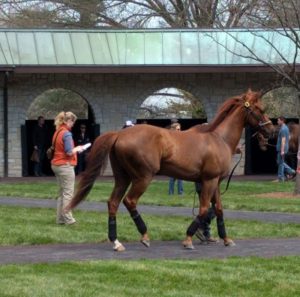
Morning of April 14: Home of Thomas Jefferson, Monticello, Charlottesville, Virginia. Jefferson loved gadgets, and his house was full of them. I loved the clock with the huge metal weights that dropped to the day of the week, and the dumbwaiter exclusively used to lift bottles of wine from the basement to the bright yellow dining room (Jefferson was a wino). Did I promise a meaningful history lesson with this travelogue?

Monticello
Afternoon of April 14: Took scenic Skyline Drive along the Blue Ridge Mountains in Shenandoah National Park, Virginia. A winding drive at 35 miles per hour, 3-1/2 hours from the south entrance/exit to the north entrance/exit at the town of Front Royal. No leaves on the trees. Beautiful nonetheless. We made several stops to enjoy the view. I drove the whole way to avoid car sickness!

Skyline Drive
April 15: Drove from Front Royal, VA, home to Cortlandt Manor, NY. Interstate all the way, immersed in our audiobook, looking forward to home, sweet home!
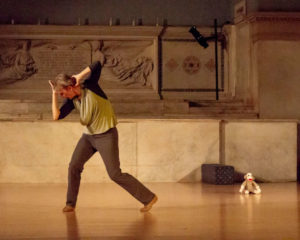
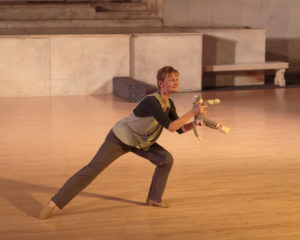
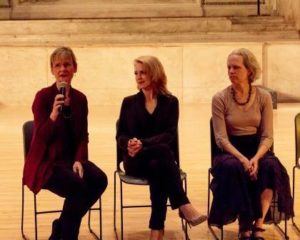

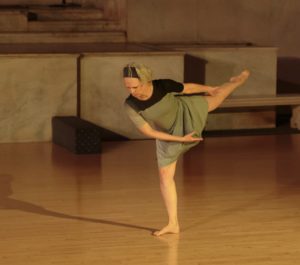
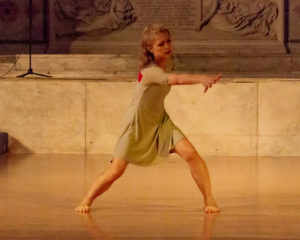
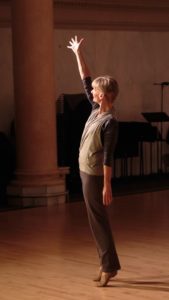

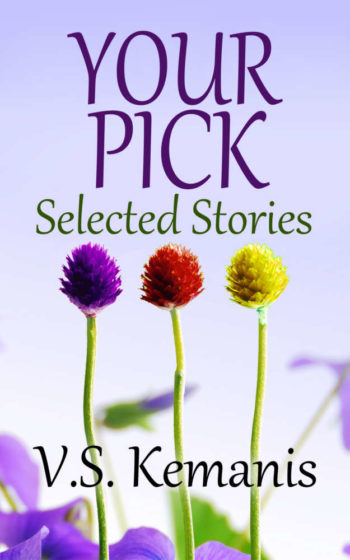
 Is today really the first day of autumn?
Is today really the first day of autumn?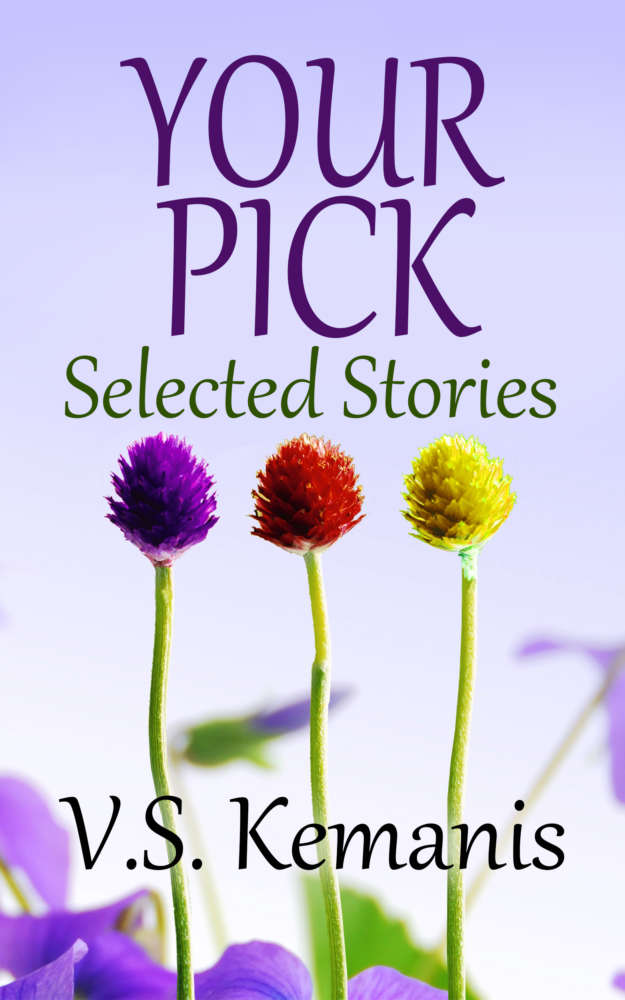
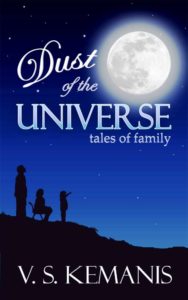 One of my readers gave me
One of my readers gave me 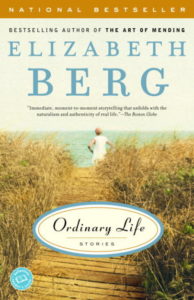 to the theme. In the opening piece, “Ordinary Life: A Love Story,” a woman of 79 takes a week-long timeout from her husband to reflect on her life. The memories and images of people, possessions, and family milestones tumble out in a free flow of association. At this stage of her life, she wonders where the time went and what’s next. “How could she have known that ordinary life would have such allure later on?”
to the theme. In the opening piece, “Ordinary Life: A Love Story,” a woman of 79 takes a week-long timeout from her husband to reflect on her life. The memories and images of people, possessions, and family milestones tumble out in a free flow of association. At this stage of her life, she wonders where the time went and what’s next. “How could she have known that ordinary life would have such allure later on?”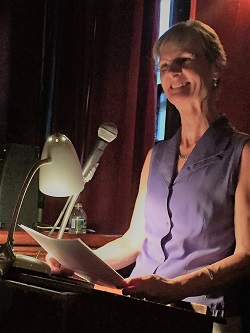 speaking of short stories, here I am at the iconic
speaking of short stories, here I am at the iconic 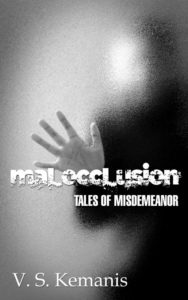
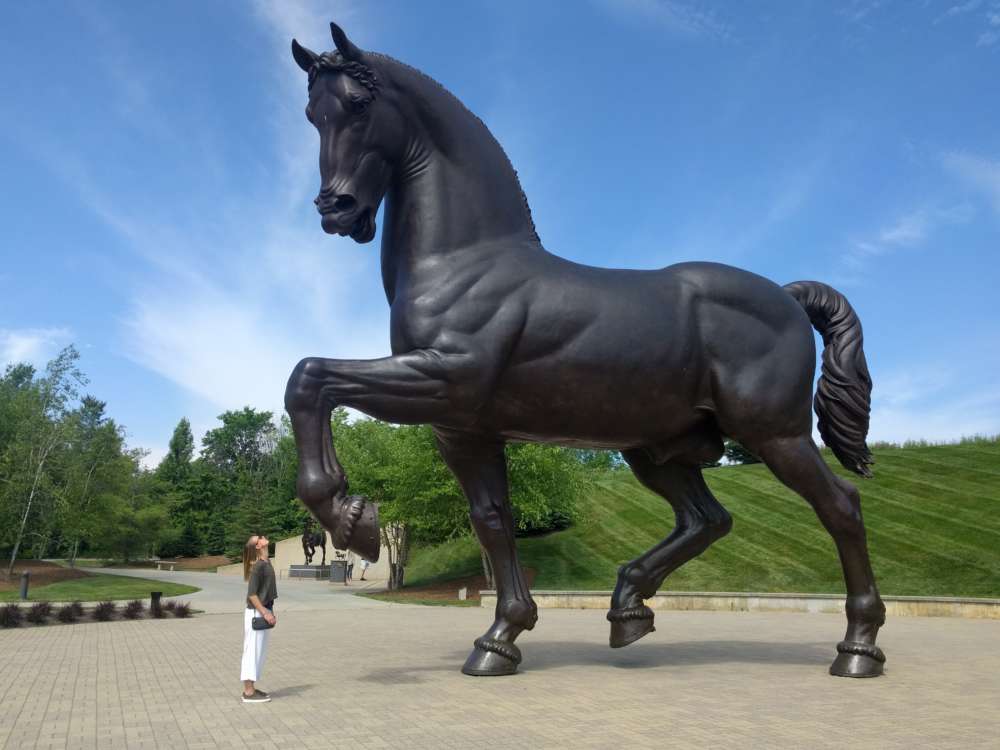
 We started Saturday with a stroll by Lake Michigan, always a must-do.
We started Saturday with a stroll by Lake Michigan, always a must-do.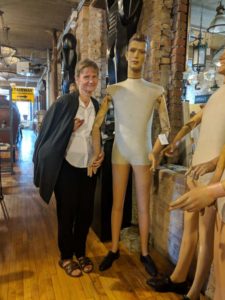

 We went to the
We went to the 

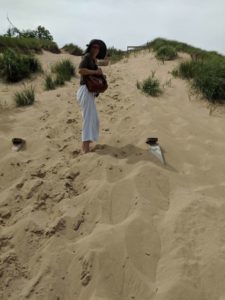
 Monday evening we walked through the
Monday evening we walked through the 
 The next day, Tuesday, we drove past the
The next day, Tuesday, we drove past the 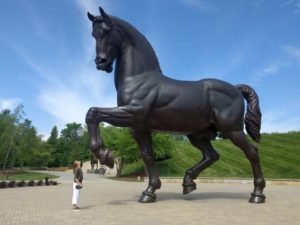 My favorites: “The American Horse” by
My favorites: “The American Horse” by 
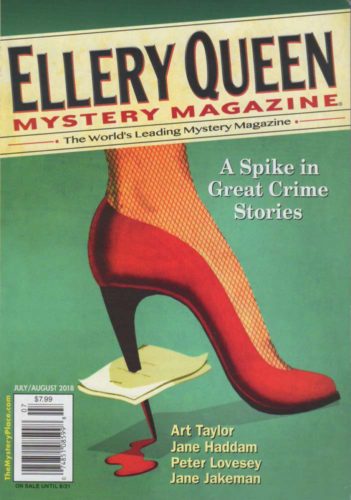
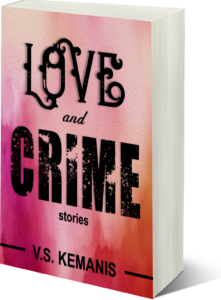 For more stories, check out my collection
For more stories, check out my collection 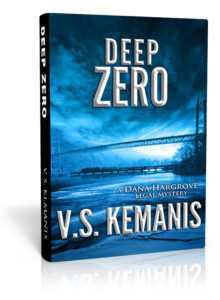
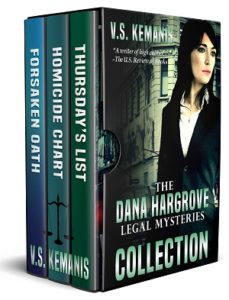 Once again, thanks to readers and reviewers for a great launch of Deep Zero. If you haven’t read the first three novels, it’s easy to catch up with Dana’s world in the
Once again, thanks to readers and reviewers for a great launch of Deep Zero. If you haven’t read the first three novels, it’s easy to catch up with Dana’s world in the 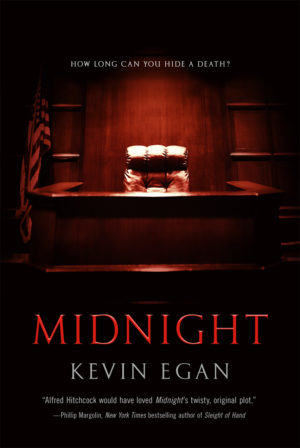
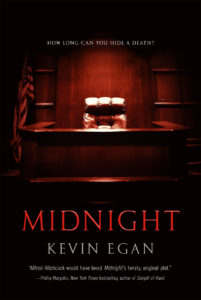
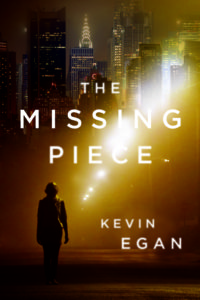
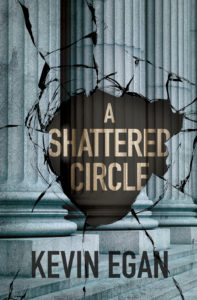
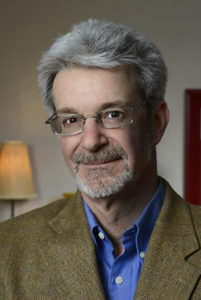
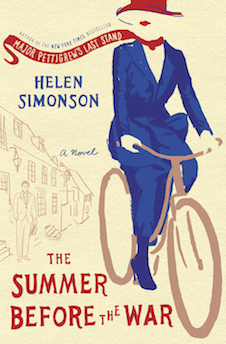
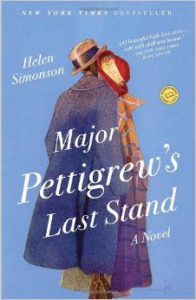
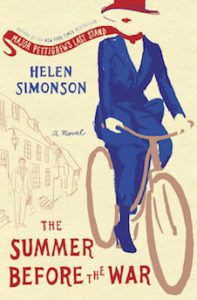
































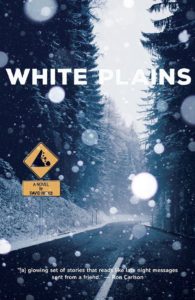 I’m pleased to welcome David Hicks to VBlog for this installment of Fiction Favorites & Awesome Authors. His debut novel
I’m pleased to welcome David Hicks to VBlog for this installment of Fiction Favorites & Awesome Authors. His debut novel 